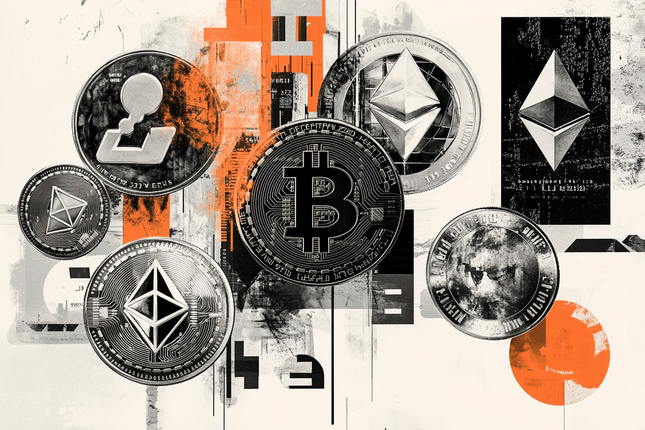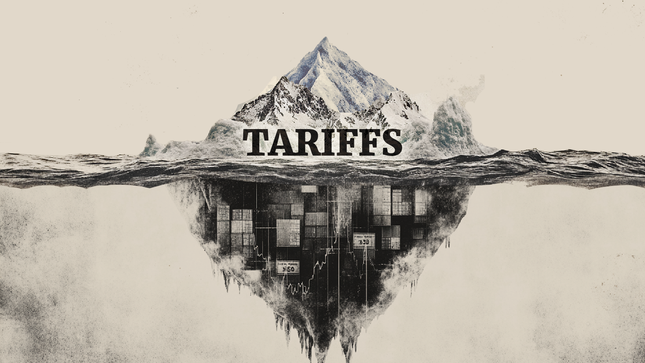Iran’s Armed Forces General staff responded on Friday, warning that Israel and the US will “pay a very heavy price”.
Additional quotes
US and Israel will receive “harsh blow” in response.
Israel and the United States will receive a forceful slap.
Iran’s Armed Forces would be retaliating in force soon with counterstrikes.
A retaliation attack is definite, God willingly.
Meanwhile, the National Iranian Oil Refining and Distribution Company said, “there has been no damage to oil refineries or storage tanks.”
Market reaction
The ultimate safe haven, Gold price keeps setting new intraday highs, near $3,450, following these headlines.
Risk sentiment FAQs
In the world of financial jargon the two widely used terms “risk-on” and “risk off” refer to the level of risk that investors are willing to stomach during the period referenced. In a “risk-on” market, investors are optimistic about the future and more willing to buy risky assets. In a “risk-off” market investors start to ‘play it safe’ because they are worried about the future, and therefore buy less risky assets that are more certain of bringing a return, even if it is relatively modest.
Typically, during periods of “risk-on”, stock markets will rise, most commodities – except Gold – will also gain in value, since they benefit from a positive growth outlook. The currencies of nations that are heavy commodity exporters strengthen because of increased demand, and Cryptocurrencies rise. In a “risk-off” market, Bonds go up – especially major government Bonds – Gold shines, and safe-haven currencies such as the Japanese Yen, Swiss Franc and US Dollar all benefit.
The Australian Dollar (AUD), the Canadian Dollar (CAD), the New Zealand Dollar (NZD) and minor FX like the Ruble (RUB) and the South African Rand (ZAR), all tend to rise in markets that are “risk-on”. This is because the economies of these currencies are heavily reliant on commodity exports for growth, and commodities tend to rise in price during risk-on periods. This is because investors foresee greater demand for raw materials in the future due to heightened economic activity.
The major currencies that tend to rise during periods of “risk-off” are the US Dollar (USD), the Japanese Yen (JPY) and the Swiss Franc (CHF). The US Dollar, because it is the world’s reserve currency, and because in times of crisis investors buy US government debt, which is seen as safe because the largest economy in the world is unlikely to default. The Yen, from increased demand for Japanese government bonds, because a high proportion are held by domestic investors who are unlikely to dump them – even in a crisis. The Swiss Franc, because strict Swiss banking laws offer investors enhanced capital protection.
Information on these pages contains forward-looking statements that involve risks and uncertainties. Markets and instruments profiled on this page are for informational purposes only and should not in any way come across as a recommendation to buy or sell in these assets. You should do your own thorough research before making any investment decisions. FXStreet does not in any way guarantee that this information is free from mistakes, errors, or material misstatements. It also does not guarantee that this information is of a timely nature. Investing in Open Markets involves a great deal of risk, including the loss of all or a portion of your investment, as well as emotional distress. All risks, losses and costs associated with investing, including total loss of principal, are your responsibility. The views and opinions expressed in this article are those of the authors and do not necessarily reflect the official policy or position of FXStreet nor its advertisers. The author will not be held responsible for information that is found at the end of links posted on this page.
If not otherwise explicitly mentioned in the body of the article, at the time of writing, the author has no position in any stock mentioned in this article and no business relationship with any company mentioned. The author has not received compensation for writing this article, other than from FXStreet.
FXStreet and the author do not provide personalized recommendations. The author makes no representations as to the accuracy, completeness, or suitability of this information. FXStreet and the author will not be liable for any errors, omissions or any losses, injuries or damages arising from this information and its display or use. Errors and omissions excepted.
The author and FXStreet are not registered investment advisors and nothing in this article is intended to be investment advice.
Editors’ Picks

Gold leaps toward $3,450 as Israel launches attacks on Iran
Gold price rises to over five-month highs, nearing $3,450 in the Asian trading hours on Friday. Israel confirmed strikes on Iran’s nuclear facilities, fuelling a broad wave of risk aversion while driving the safe-haven Gold price through the roof. Rising Fed rate cut bets also underpin the non-yielding Gold.

USD/JPY erases losses to retake 143.50 as USD gains on risk aversion
USD/JPY retakes 143.00 in Asian trading on Friday, reversing an early dip to 142.80. The global risk sentiment takes a hit amid an escalation of geopolitical tensions in the Middle East, which fuels the haven demand for the US Dollar, offsetting the Japanese Yen’s safe-haven status, allowing the pair’s swift recovery.

Bitcoin, Ethereum and Ripple dips as Israel-Iran conflicts escalate
Bitcoin, Ethereum, and Ripple prices have dipped as escalating geopolitical tension between Israel and Iran has triggered a risk-off sentiment in the cryptocurrency markets. The top three cryptocurrencies by market capitalization are extending their losses heading into the weekend, with the price action suggesting further correction.

US tariffs here to stay, trade deals ‘largely symbolic’
Despite legal challenges to IEEPA tariffs, US trade policy remains firm. Tariffs on steel and aluminium have doubled, and new sectoral tariffs are expected. Trade deals may emerge, but most will be symbolic. Effective tariff rates will stay high throughout 2025.








